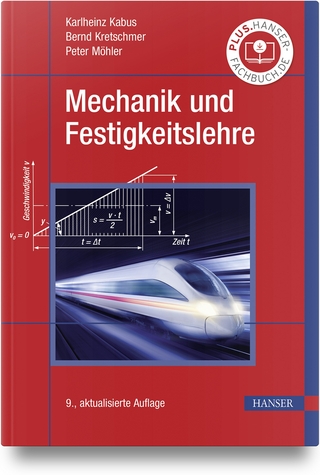
The Physics of Music
Springer International Publishing (Verlag)
978-3-031-53506-2 (ISBN)
- Noch nicht erschienen - erscheint am 20.07.2024
- Versandkostenfrei innerhalb Deutschlands
- Auch auf Rechnung
- Verfügbarkeit in der Filiale vor Ort prüfen
- Artikel merken
Gordon Ramsey is Emeritus Professor of Physics at Loyola University Chicago. He received a Ph.D. from the Illinois Institute of Technology in 1982 and began teaching at Loyola. Gordon was raised in a musical household. His father was a composer and jazz trumpet player and his mother was a church organist and classical pianist. His involvement in music began at five, when his mother gave him piano lessons while his father taught him chord structures. This paralleled his interest in mathematics, which combined well with music training. Gordon began studying the clarinet at ten and played in a championship high school band while in the eighth grade. At age fourteen, his father bought a tenor sax, which became an integral part of Gordon's musical experience. He has played in numerous theater orchestras and jazz bands. He enjoys doing physics and still having the pleasure of music without worrying about where the next "gig" is going to be. He has done musical acoustics research and published with students for the past 20 years.
Chapter 1. Introduction.- Chapter 2. Language, Structure and Function of Music.- Chapter 3. Physics Concepts.- Chapter 4. Introduction to the Instrument Groups.- Chapter 5. Brass Instrument Group.- Chapter 6. Stringed Instrument Group.- Chapter 7. Woodwind Instrument Group.- Chapter 8. Percussion Instrument Group.- Chapter 9. Electronic Instrument Group.- Chapter 10. The Voice Group.- Chapter 11. Room Acoustics.- Chapter 12. Epilog: Connecting the Concepts.
| Erscheint lt. Verlag | 20.7.2024 |
|---|---|
| Reihe/Serie | Undergraduate Lecture Notes in Physics |
| Zusatzinfo | XIX, 366 p. 233 illus., 185 illus. in color. |
| Verlagsort | Cham |
| Sprache | englisch |
| Maße | 155 x 235 mm |
| Themenwelt | Kunst / Musik / Theater ► Musik |
| Naturwissenschaften ► Physik / Astronomie ► Mechanik | |
| Technik | |
| Schlagworte | Acoustics for musicians • Acoustics for sound engineers • Introduction to acoustics • Musical acoustics textbook • Physics of brass instruments • physics of music • physics of musical instruments • Physics of percussion • physics of string instruments • Physics of woodwind |
| ISBN-10 | 3-031-53506-5 / 3031535065 |
| ISBN-13 | 978-3-031-53506-2 / 9783031535062 |
| Zustand | Neuware |
| Haben Sie eine Frage zum Produkt? |
aus dem Bereich


